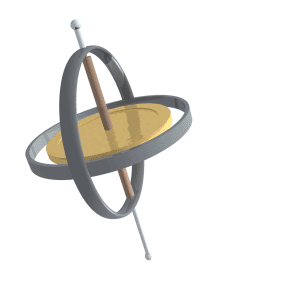Marika and I are up in Michigan right now for holiday visiting. Along the way we passed a large solar farm. On a previous trip, passing the same spot, Marika posed an interesting question: How much power could we possibly get from solar? Is it enough on its own?
There are a couple complications with this question: the broadest approximation would be to take all the power that hits the Earth from the Sun in 24 hours. That works out to about 6 million terrawatt-hours. The total daily use of the planet is around 459 TWh, well below the power that's hitting us from the sun! Of course, that assumes we have perfectly efficient panels, and cover the entire planet with them, so that's not exactly realistic.
Let's consider the sort of solar cells currently available. The conversion efficiency is a bit involved, but I decided to go with 15%, based on the silicon cells mentioned in that article. We also need to consider the angle that the light hits the cell. For that, we need the position of the Sun, and the tilt of the panel. You can get setups that track the Sun as it moves through the sky, but I went with a fixed panel. In that case, the optimal angle is tilted due South (North) in the Northern (Southern) hemisphere with an angle equal to the latitude, e.g. the panel would be standing up straight at the North Pole, and flat at the equator. I took the power generated by the panel to be proportional to the cosine of the angle between the Sun and the face of the panel.
As a first test, we can look at the power generated (in Watts/square meter) over the course of a day:
Notice that since we're looking at January 1st, the brightest spot moves over the Southern Hemisphere. We can also take a look at the maximum power generated each day over the map:
Notice how the maximum moves North and South with the seasons. Now for the key question: How does this compare with current energy usage?Thanks for a great question, Marika!













































